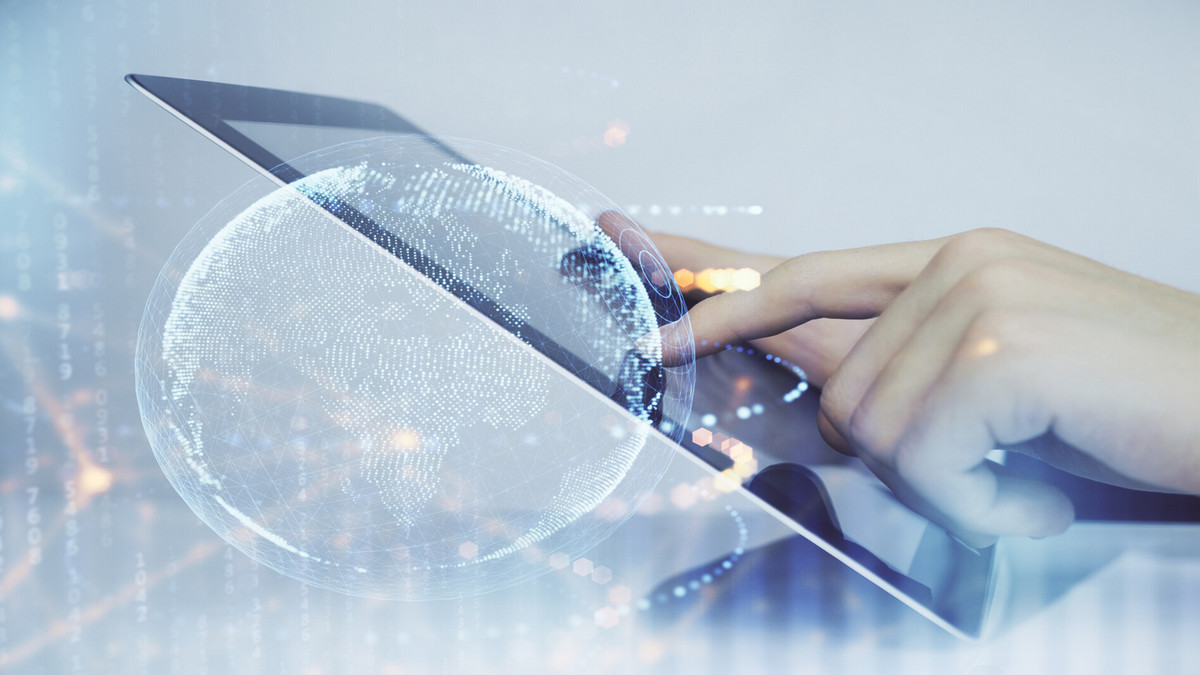Utilize industrial augmented reality technology and virtual reality to further improve employee productivity, efficiency, and customer satisfaction through real-time step-by-step work instructions.
Intelligent technology is being deeply rooted in various industries at an unprecedented speed, and predictive maintenance, which stimulates the transformation and upgrading of factories, has gradually become one of the development priorities of the current manufacturing industry. Technological advancements, coupled with the increase in remote and contactless modes, have greatly increased the market’s focus on related technologies. It is predicted that in 2025, smart factories can create a total value of 3.7 trillion US dollars for the world.
The VR (Virtual Reality) and AR (Augmented Reality) markets have been promoted. In 2014, the industry launched the prototype of virtual reality headsets. In the past two years, various terminal brands and software service providers have begun to build related platform content and hardware equipment. Launch a variety of virtual reality products.
By integrating the development technologies of computer graphics, computer simulation, artificial intelligence, sensing, display, and network parallel processing technologies. We provide customers with a high-tech simulation system assisted by computer technology and let consumers experience unfinished business in the construction industry. environmental space. Or provide the final marketing display for the manufacturing industry, reduce the cost of actual machine delivery, and eliminate the transportation cost of engineers and technicians during after-sales service, which can more quickly improve operational efficiency and innovative marketing models.
With the dramatic increase in the computing power of microprocessors and the overcoming of AR&VR-related hardware technologies, the market focus has recently shifted to software and services. Only with enough rich content can it resonate with consumers and attract commercial organizations to try to use it, to promote the vigorous development of AR&VR-related industries.
The Advantages of Combining Industry 4.0 with AR/VR:
Through the introduction of AR technology, the data collection of IoT devices in the factory area is carried out, and then equipment diagnosis and maintenance are provided to assist the factory to upgrade and move towards Industry 4.0. As for the application of VR technology, it is more extensive and diverse. From product design and development, immersive display and operation teaching of the use process, or after-sales service, operating cost savings, efficiency, and innovation improvements at all stages are all realized because of the added value of VR technology.
Using AR&VR to achieve car design simulation, and factory production line design simulation, to reduce manufacturing costs and improve production efficiency. Designers only need to put the design results into the 3D space, and through AR&VR experience, they can enjoy an immersive operating environment, and then through the steps of interaction, observation, and adjustment, they can solve problems on the production line.
In use, AR can clearly show the process or method of machine maintenance. If engineers wear AR glasses, mobile phones, or other AR vehicles, they can follow the instructions of the video for maintenance. In this way, no matter whether the work experience is senior or junior, each engineer is empowered to repair more types of machines and equipment to complete daily tasks, which not only solves the bottleneck of talent demand but also greatly improves the maintenance and operation team. Work scheduling flexibility. It can also be further improved, including experience inheritance, avoiding personnel misoperation, and improving the efficiency of experts. The use of AR guidance can save experts' moving time, correctly and immediately guide on-site personnel to complete maintenance work, and reduce the probability of various risks.
IoT Combines AR/VR to Create New Applications:
Internet of Things (IoT) is through sensors or networking technology, which can view objects, control objects, and even communicate and automate objects. Augmented Reality (AR) or Virtual Reality (VR) uses computer vision technology to create virtual content or objects to expand the field of view and enhance user experience.
Application direction:
- Visualization interacts with the environment:
Using IoT combined with AR/VR allows users to easily check equipment or environmental conditions. For example, through wearable devices, warehouse managers can easily check the status of warehouse shelves or guide the location of products to assist in picking efficiency. In retail stores, 3D stereoscopic images can be used to help consumers more easily select the content of the product they want to view.
- Analysis and simulation:
In addition to inspection, simulation and big data analysis technologies can be added, allowing users to analyze, simulate, and even predict related objects. For example, maintenance engineers can use the 3D model to view the complex structure of the equipment and the condition of related parts and analyze the causes of equipment failures. Further analysis of causes and trend predictions are carried out through big data technology. For example, the pharmaceutical manufacturing industry uses IoT+AR technology to allow process personnel to view equipment shutdown status, temperature trends, air quality, etc., and analyze the reasons for equipment shutdown.
- Operation and control:
The combination of IoT+AR/VR also allows users to control objects more intuitively. For example, through VR headgear combined with IoT technology, users can switch on and off the lights directly by waving their arms. In industrial applications, IoT+AR technology can be used to detect and guide operators to perform various actions such as assembly and screw locking to ensure assembly efficiency or improve industrial safety.
IoT+AR/VR means that people, things, and things will begin to integrate through emerging technologies, and it also means that IoT technology is gradually transforming into user-centric application development. IoT+AR/VR technology is budding and developing, and 5G high-speed networking technology is also a driving factor, and we can expect the development of new IoT innovative applications.














